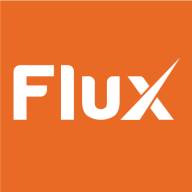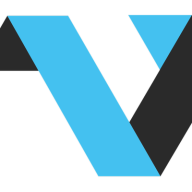

Flux and VisualCron are competing products in the automation software space. VisualCron appears to have the upper hand due to its comprehensive feature set, providing a valuable investment opportunity.
Features: Flux provides sophisticated workflow automation tools, integration with various applications, and high customization potential. VisualCron is known for extensive task automation capabilities, cross-platform compatibility, and scheduling flexibility. The ability of VisualCron to adapt across different platforms stands out as an advantage.
Ease of Deployment and Customer Service: Flux offers straightforward deployment and responsive support channels, contributing to efficient operations. VisualCron presents a user-friendly deployment process with robust community support and detailed documentation, which speeds up the resolution of deployment queries due to its extensive resources.
Pricing and ROI: Flux offers a lower initial setup cost, attracting budget-conscious buyers, and enhances ROI by reducing operational costs through task automation. VisualCron, though having a higher upfront cost, promises significant ROI with advanced features and wide compatibility, increasing productivity and justifying the expense.

Flux is an essential tool for data migration, system integration, and real-time data processing, offering scalable solutions that support large datasets and streamline workflows.
Users leverage Flux for managing complex environments with large datasets, automating workflows, and enhancing data consistency across platforms. Its capabilities in real-time data processing, synchronization between different systems, and operational efficiency improvement are frequently highlighted. Users commonly find it flexible and reliable, appreciating its performance in managing scheduled tasks and simplifying data orchestration.
What are Flux's key features?Flux is used across industries like finance, healthcare, and logistics for streamlined operations and optimized data management. In finance, it supports data integrity and compliance. Healthcare organizations use it for real-time patient data processing and integration with various systems. Logistics benefit from improved tracking and coordination.
VisualCron automates tasks like file encryption, scheduling SQL jobs, system integration, data workflow management, and application triggering, making it ideal for handling nightly syncs, FTP server file replacements, job scheduling, and invoice processing.
VisualCron provides an efficient automation solution with features like error and status reporting, API connections, PGP key generation, encryption file creation, and bulk SQL script execution. It simplifies task automation through its mail and event triggers, job variables, conditional execution, and logging with error alerts. Users benefit from its integration capabilities, scheduling flexibility, visual interface, and support for databases and credential management without extensive coding.
What are the most important features?Industries like finance, healthcare, and logistics implement VisualCron to automate data workflows, secure file transfers, and schedule critical tasks. It is used to streamline invoice processing, manage large-scale data operations, and ensure compliance through encryption and error reporting. VisualCron enhances operational efficiency, scalability, and security in various sectors, making it essential for businesses requiring robust automation capabilities.
We monitor all Workload Automation reviews to prevent fraudulent reviews and keep review quality high. We do not post reviews by company employees or direct competitors. We validate each review for authenticity via cross-reference with LinkedIn, and personal follow-up with the reviewer when necessary.